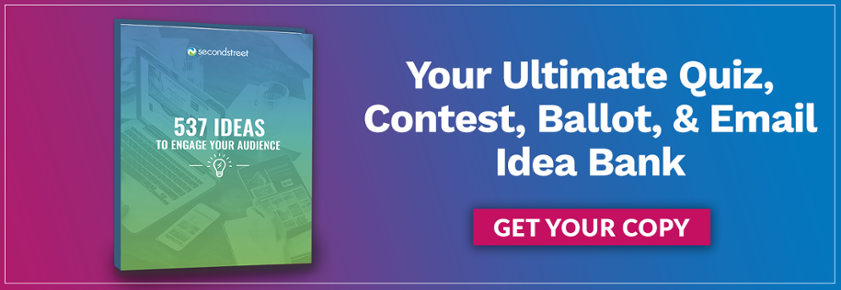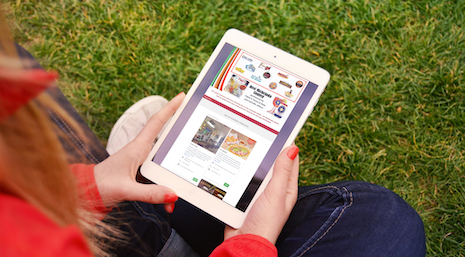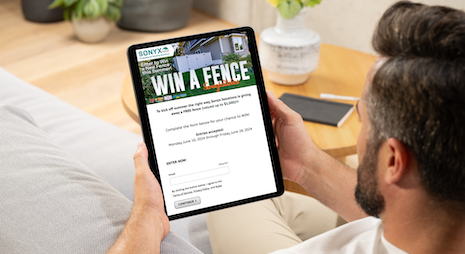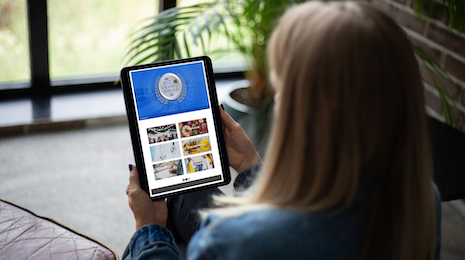Gmail is one of the most popular delivery providers for email. But, like all email clients, it has its own rules and display quirks that can frustrate users and senders alike. We’ve collected some tips and tricks to help you optimize your emails for Gmail without sacrificing how your emails display within other clients.
Follow Standard Best Practices
Gmail doesn’t prioritize emails at random – they judge them based on how they adhere to many standard email best practices.
First, you need to have a good image-to-text ratio (80% text, 20% image) as well as a good text-to-html (25% or more text-to-markup). These two important ratios are what help you avoid being classified as spam and promotions. Additionally, finding the right balance of text, image, and html is what will help prevent your email from being truncated in Gmail – if it’s over 102 kB in size (without images), Gmail will cut it off.
If your email content isn’t promotional in nature, it should avoid aggressively promotional words and phrases. If your email reads like a marketing email, Gmail is likely to categorize it into the Promotions Tab, where it might not belong.

Welcome Emails are Important
So many people continue to overlook the Welcome Email, but it is one of your best ways to boost your deliverability on Gmail.
When a new person signs up for emails from your brand, 75% are expecting to get a Welcome Email. So, don’t waste this opportunity. Up front, encourage your new subscribers to add your From Address to their contacts.
To help avoid misclassification in Gmail’s priority tab system, you can also ask users to drag your Welcome Email from the category tab (like Promotions or Updates) to their Primary Tab. These two simple instructions can dramatically affect your Gmail engagement.
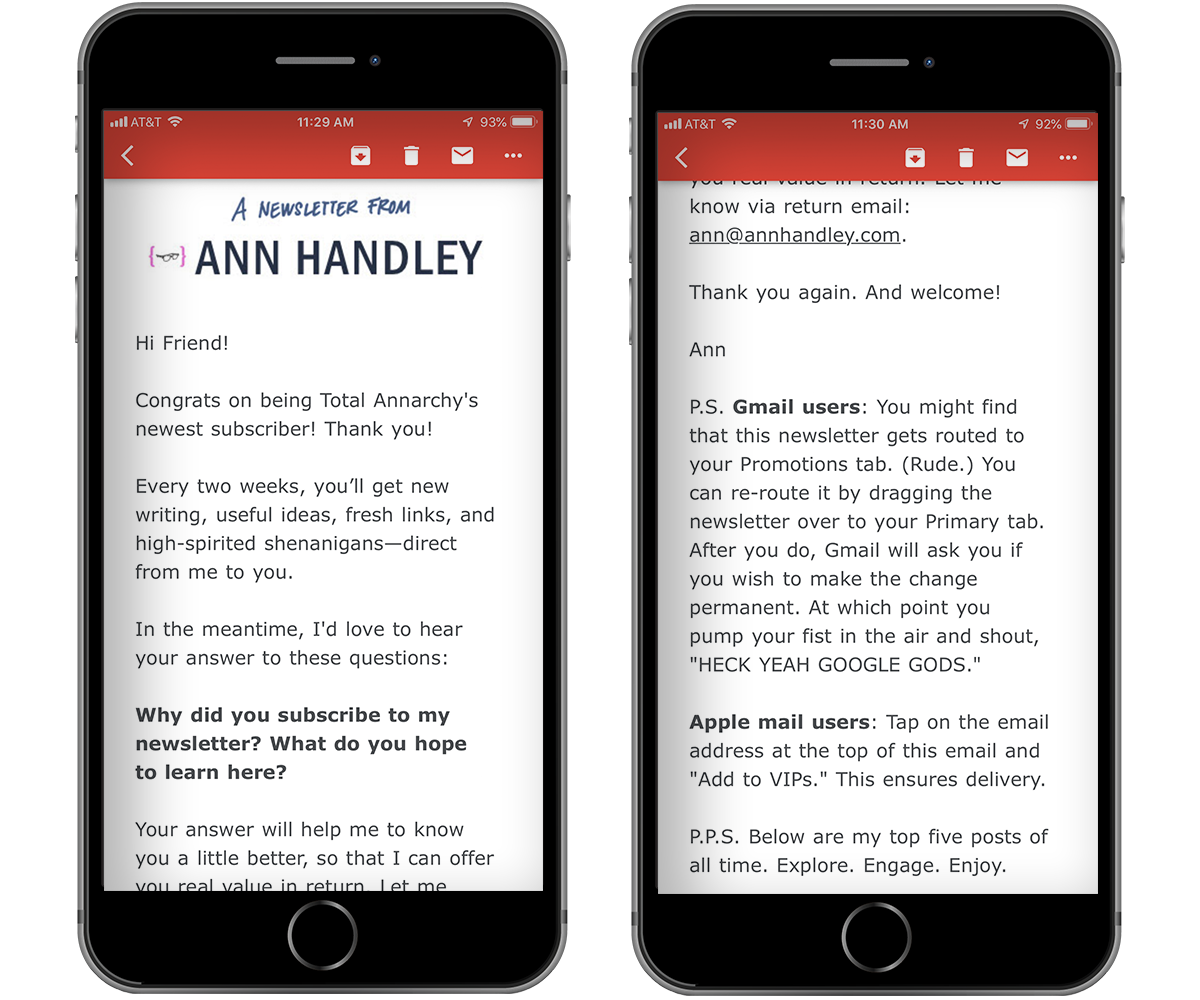
Get a Google Account
Ensure your From Address has an account on Google. Not only can this help your Gmail deliverability, but by customizing the information and profile picture, you can increase your open rates and branding presence in their inbox.
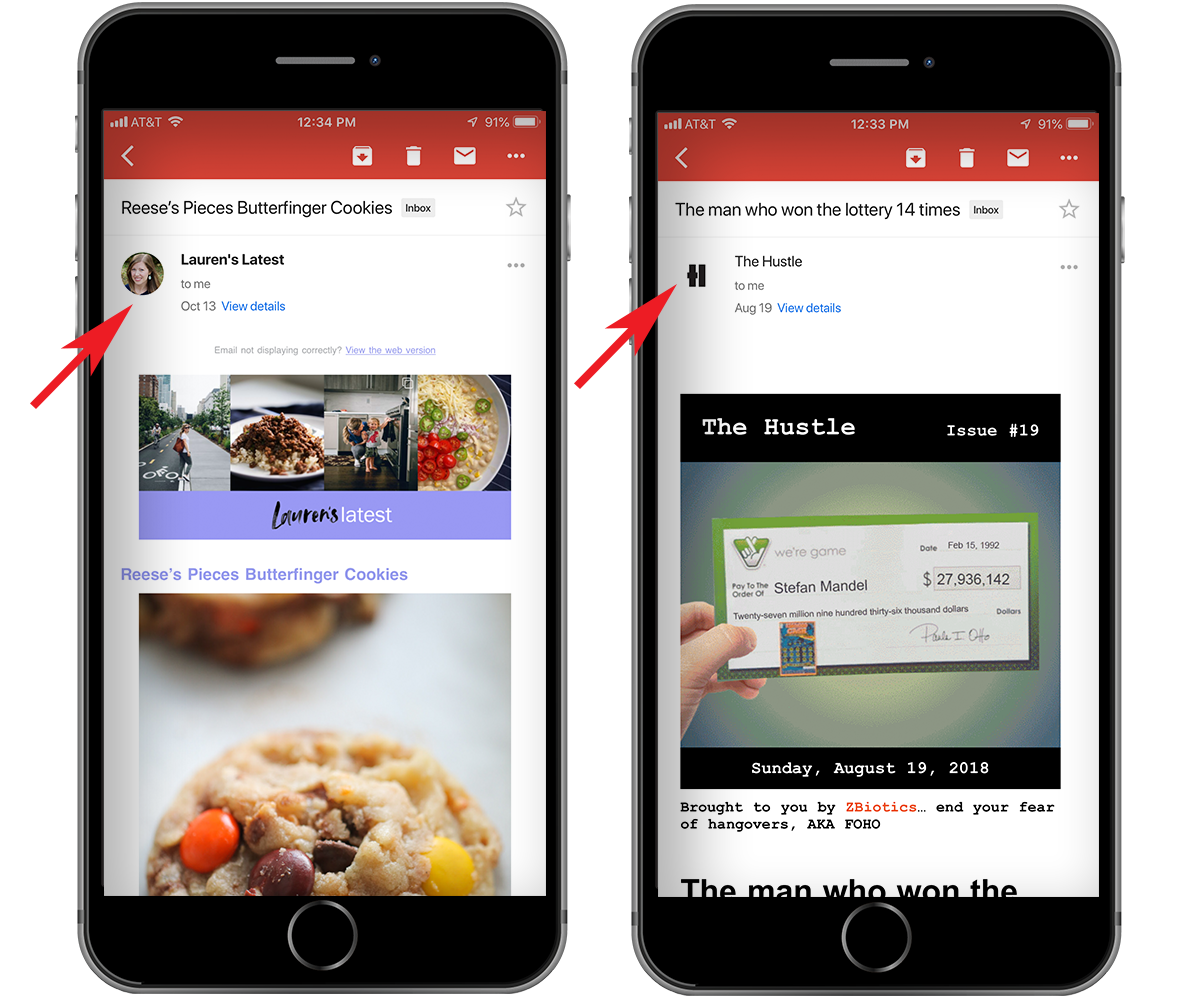
Send Emails from Real People
This may seem obvious, but the from address and reply-to address should go to real people who actually check their inbox.
Gmail prioritizes relationships and will generally deprioritize emails coming from automated systems. A classic “no-reply” email address is a red flag for Gmail to mark your email as Promotions or – worse – spam. To boost your deliverability, use a personal email address or a shared inbox without automatic replies.
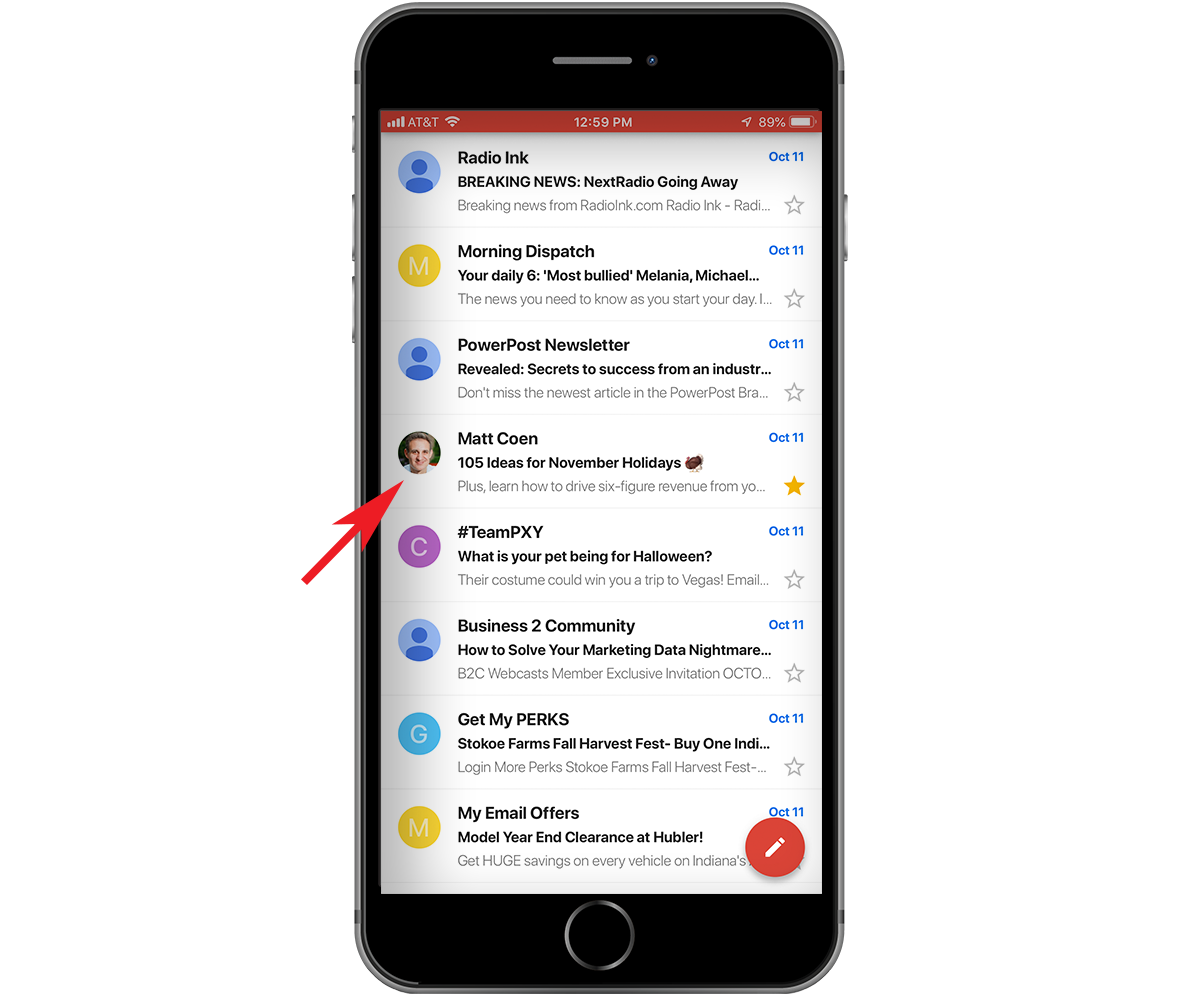
Don’t Reuse Subject Lines
It’s great that you have a recurring newsletter, but if you always use the same subject line week-after-week, you’re likely hurting your open rates.
Gmail and other mailbox providers use smart software to identify messages with the same From Name and the same Subject Line and bundle, or thread, them together into a single message string. When it comes to sending out recurring newsletters, change up the subject line to highlight that newsletter’s unique content.
Shorten Your Subject Lines
Gmail tends to cut off Subject Lines at 40 characters in its mobile client. And when it comes to email, mobile is important – over 50% open their emails on a mobile device. In order to ensure good readability across all devices, shoot for Subject Lines under 40 characters.
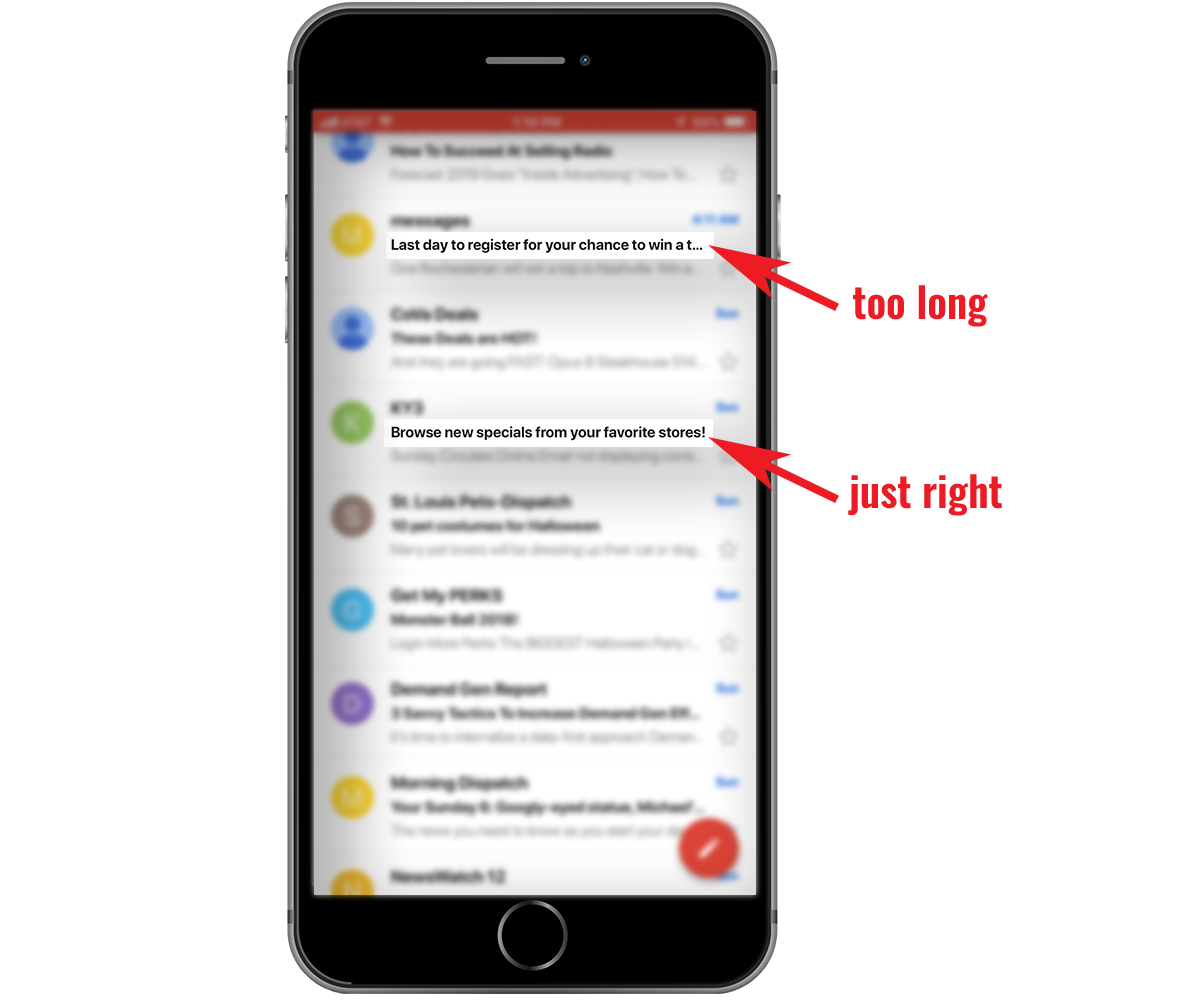
Avoid Long From Names
Similarly to longer Subject Lines, Gmail trims the From Names of emails at 20 characters of less. Make sure when you create your From Name to stick to under 20 characters total. At the very least, your reader should be able to identify your brand clearly within the first 20 characters.
Have Patience
By now, you should have realized companies like Google are always testing new things to help provide the best experience to their own users. It’s important to remain patient about adjusting your emails to fit the latest trends – just as quickly as they were instated, they can be removed.
Currently Gmail is testing many elements of their platform including image previews, interactive emails, and in-email video. Be wary of adopting to these new trends as they are often labor-intensive and only work within their tool – potentially harming the way your emails display within other clients.
Rely on a Strong Email Strategy
Remember, these tactics and tricks aren’t a replacement for a strong, healthy email strategy. You should be investing time and effort into developing great, relevant content for your audience.
Leverage email segmenting to ensure you’re delivering only to your engaged users. Google considers continued engagement a strong signal for how to deliver and categorize your email. It’s all a big cycle – the stronger your emails are, means the more opens they’ll receive, which in turn leads to a more robust and engaged email database.
